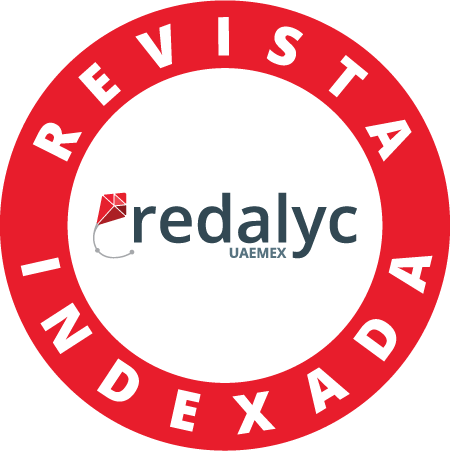Good governance and transparency
DOI:
https://doi.org/10.46631/Giuristi.2020.v1n2.07Keywords:
good governance, administrative transparency, participation, public lawAbstract
The notion of “good governance” implies the special place given to the State. Such a model is defined by the effectiveness of certain guarantees such as the independence of the judiciary, the correct and fair management of expenditure but also administrative transparency. Indeed, the latter depends on the sincerity of those involved in public action, on the one hand, and the constant dialogue between the public authorities and the public, on the other hand. The purpose of this intervention is to demonstrate that the realisation of the model of “good governance” is based, above all, on the existence of an administration that fully understands the requirements of administrative transparency. The two pillars of “good governance” would thus be the foundations of the principle of transparency: communication with citizens and their participation in the process of the decision-making process.
Downloads
References
Chevallier, Jacques. “La gouvernance, un nouveau paradigme étatique?”. Revue française d’administration publique 105-106, n.º 1 (2003): 203-217.
Dandelot, Marc. “Évolution et enjeux du droit d’accès aux documents administratifs depuis la loi du 7 octobre 2016 pour une République numérique”. Revue française d’administration publique 165, n.º 1 (2018): 127-133
Struillou, Jean-François. “La participation du public en matière d’environnement: le changement dans la continuité”, L’Actualité juridique. Droit administratif 24 (2018): 1392.
Downloads
Published
How to Cite
Issue
Section
License
Copyright (c) 2020 Laura Vilone

This work is licensed under a Creative Commons Attribution 4.0 International License.
Todos los contenidos de la revista electrónica se distribuyen bajo una licencia de uso y distribución Creative Commons Atribución 4.0 Internacional (CC BY 4.0). Por el cual:
Usted es libre de:
- Compartir — copiar y redistribuir el material en cualquier medio o formato para cualquier propósito, incluso comercialmente.
- Adaptar — remezclar, transformar y construir a partir del material para cualquier propósito, incluso comercialmente.
La licenciante no puede revocar estas libertades en tanto usted siga los términos de la licencia.
Bajo los siguientes términos:
- Atribución — Usted debe dar crédito de manera adecuada , brindar un enlace a la licencia, e indicar si se han realizado cambios . Puede hacerlo en cualquier forma razonable, pero no de forma tal que sugiera que usted o su uso tienen el apoyo de la licenciante.
- No hay restricciones adicionales — No puede aplicar términos legales ni medidas tecnológicas que restrinjan legalmente a otras a hacer cualquier uso permitido por la licencia.
Los autores retienen sus derechos de autor respecto de los artículos sometidos sin ningún tipo de restricciones. De esta manera, los autores retienen el derecho de compartir, distribuir, copiar, ejecutar y comunicar públicamente el artículo publicado en Giuristi, Revista de Derecho Corporativo; esto incluye la posibilidad de colocarlo en un repositorio institucional. Los autores conservan el derecho de hacer una posterior publicación de su trabajo, de utilizar el artículo o cualquier parte de aquel (por ejemplo: una compilación de sus trabajos, notas para conferencias, tesis, o para un libro), siempre que indiquen la fuente de publicación (autores del trabajo, revista, volumen, número y fecha).









